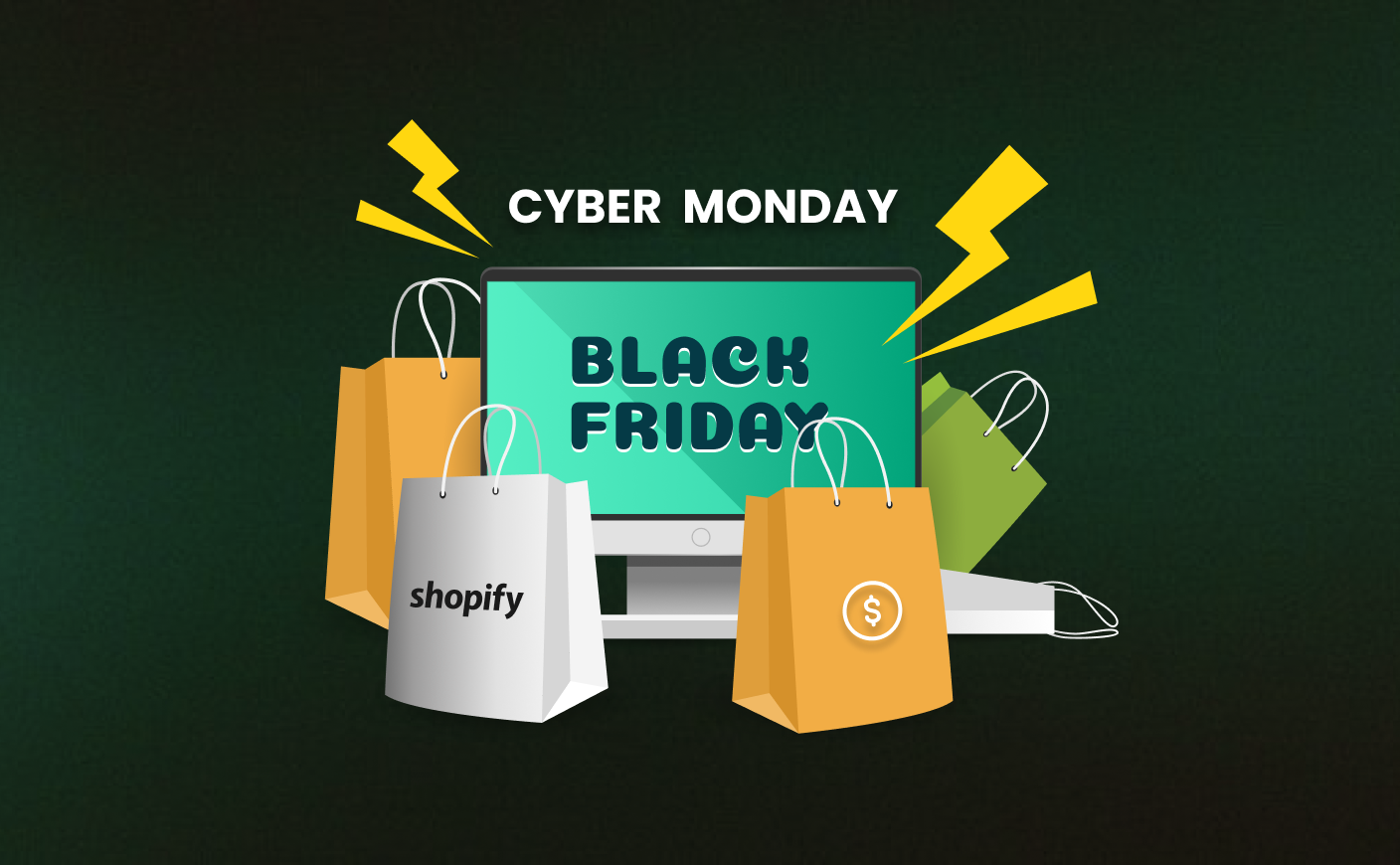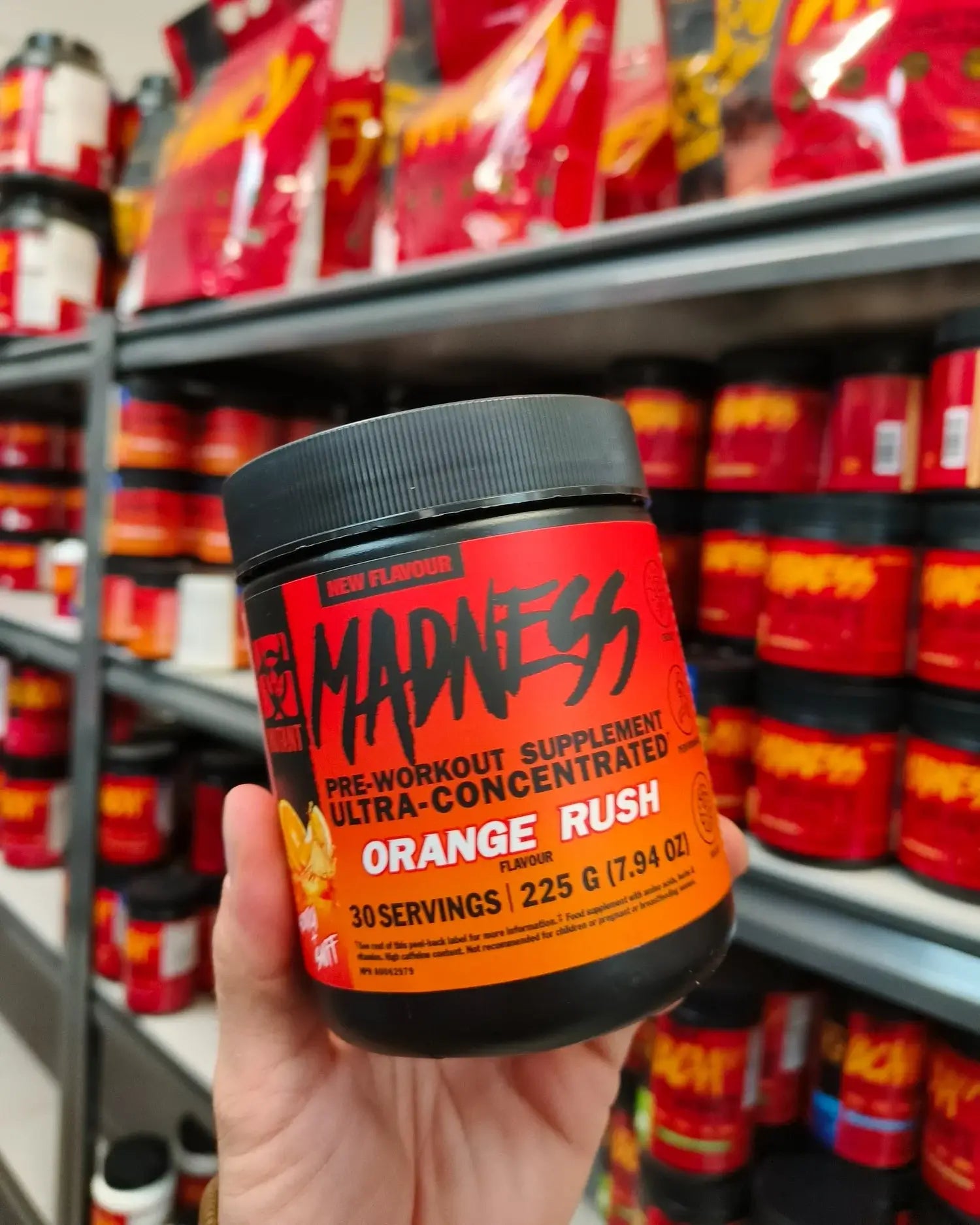7 Popular Shopify Payment Gateways in 2024
payment gateway 2024
shopify
shopify payment
shopify payment gateways

Payment gateways play an important role in any ecommerce store. Also known as online payment processors, they allow a business to take payment from their customers.
So, if you are confused which payment gateway you need for your Shopify store, then this blog is for you!
Dig in now.
Top 5 Things To Consider When Choosing A Shopify Payment Gateway
It is important to consider a few points before you make a decision on which is the best payment gateway for your business. But what are they exactly? Let us start.
Regional Availability and Accessibility
Before you make your choice, make sure that the payment gateway is available in your location and easily accessible in your target audience’s area. Check the availability for both your company's location and any foreign clients you intend to service, as many gateways are restricted to particular regions.
Shopify acts as a useful resource to explore payment gateway options by region, making this process easier for your brand.
Cost Considerations and Pricing Models
It's critical to carefully consider each payment gateway's pricing structure since it has a significant effect on your overall profitability. Look beyond the transaction fees; some gateways may charge setup fees, monthly subscription fees, or hidden costs. Compare a higher transaction fee with no monthly cost to a lower transaction fee with recurring monthly costs to see which is more cost-effective for your business.
Please remember that Shopify does not charge extra for integrating with a third-party payment gateway.
You can also read our guide on ecommerce tips to succeed in 2024.
Setup Time and Integration Speed
The time required to implement a payment gateway can vary. While PayPal and other gateways allow for speedy setup in as little as one day, others may require weeks. Sage Pay, for instance, may take up to four or five weeks. It is essential that you consider this element in the early stages to avoid any delay in launching your site.
Future-Proofing for Global Growth
Selecting a payment gateway that supports several currencies and geographical areas is a smart move if you're already operating in a local market but intend to go globally. So, when the time comes, you can easily expand into a global market without needing to switch your gateways.
Competitor Insights and Industry Trends
Conducting a quick analysis of the payment gateways your competitors are using can provide valuable insights. If a particular gateway is effective for them, it can be advantageous for your company as well. This analysis can also highlight opportunities to upgrade to a more efficient payment processor, improving customer satisfaction and keeping up with industry trends.
2 Types Of Shopify Payment Gateways Available
Now that you are well versed with the things that you need to keep in mind, let us now understand the 2 types of Shopify payment gateways.
Hosted Payment Gateways (Redirect Gateways)
In this setup, customers are temporarily directed away from your website to complete the payment. Upon completing the transaction on the external page of the payment gateway, they are automatically returned to your store. This method is simple to implement and commonly used by smaller businesses due to its convenience and lower security requirements.
Self-Hosted Payment Gateways
In this case, your Shopify website securely collects the payment information, whereas an external gateway handles the actual transaction processing. While the backend handles the connection to the payment provider, the customer remains on your website during the entire payment process thus improving user experience.
You can also read our comprehensive guide on choosing the best Shopify plus agency for your brand.
7 Shopify Payment Gateways You Can Choose For Your Ecommerce Business
Shopify supports a wide range of payment options for you to choose from. Let us discuss some of the popular options in 2024.
#1 Shopify Payments
This payment gateway is best for all Shopify merchants.
Shopify payments come built-in with the Shopify platform. It offers a smooth integration process and no Shopify transaction fees when used.
Transaction fees: 2.2% + 20p (Basic), 1.7% + 25p (Shopify), 1.6% + 20p (Advanced).
Pros:
- It is easy to set up.
- There are no third party fees involved.
- It offers fraud detection tools.
- Provides real time transaction reporting features.
Cons:
- Not available in every country.
- Can hold funds if the getaway suspects fraudulent activity or the Shopify merchant violated the terms of service.
- Limited customization
#2 Worldpay
Worldpay is best for high-volume Shopify merchants and large enterprises.
This Shopify payment gateway option is available in over 120 countries with flexible fee options.
Fee structure: Pay-as-you-go (2.75% + 20p) or monthly payment (£19.95/month + card transaction fees). The card transaction fee is 2.75% on credit card and 0.75% on debit card.
Pros:
- It supports multiple currencies.
- Offers POS integration.
- It has a 24/7 support facility.
Cons:
- It has a complex fee structure.
- There can be delays in customer service.
- Not suitable for small enterprises.
#3 PayPal
This payment option is best for businesses that have a global presence.
PayPal is a globally recognized gateway offering quick setup and strong security, with default integration in Shopify.
Transaction fees: 2.9% + $0.30 per transaction (with extra fees for non-Shopify Payments users).
Pros:
- Offers the facility of international payments.
- Easy to set up.
- It is mobile friendly.
Cons:
- Limited customization available.
- It offers a basic support service.
- Advanced features may not be available for all users based on account type.
#4 Klarna
Klarna is best for Shopify merchants offering “Buy now pay later” options to its users.
This payment option allows customers to split payments or delay them thus helping to increase order volume.
Transaction fees: Starts at 1.9% + 20p per transaction.
Pros:
- Offers flexible payment options.
- Helps to increase conversions.
- Supports multiple currencies.
- Easy to set up.
Cons:
- High fees.
- Technical set up required.
- Offers basic support.
#5 Stripe
Stripe is the best payment gateway option for subscription-based businesses.
It is a popular option for recurring payments with robust developer tools and no monthly fees.
Transaction fees: 2.9% + $0.30 (online), 2.7% + $0.05 (in-person).
Pros:
- Developer-friendly.
- Supports subscriptions.
- Supports 135+ currencies.
- Can easily handle high-volume transactions.
Cons:
- It has a complex integration.
- Additional fees for chargebacks.
- Basic customer support.
#6 Amazon Pay
They are perfect for small to medium-sized enterprises.
Amazon pay enables customers to pay using their Amazon account for a faster, familiar checkout process.
Transaction fees:
- 2.9% + $0.30 per transaction for website or mobile payments, increasing to 3.9% + $0.30 for international transactions.
- 4.0% + $0.30 for transactions via Alexa, rising to 5.0% + $0.30 for international sales.
- 2.2% + $0.30 for charitable organizations, with a rate of 3.2% + $0.30 for international donations.
Pros:
- Faster checkout process.
- Multiple currency support.
- Easy integration.
Cons:
- High fees.
- Amazon controls customer data.
- Limited customization.
#7 Shop Pay Installments
This payment gateway is best for Shopify merchants offering installation payments. Shop Pay installments allows customers to split payments into four interest-free installments directly through Shopify.
Transaction fees: Deducted from the merchant for each installment.
Pros:
- Easy integration.
- Boosts conversions.
- No interest for customers.
Cons:
- Has transaction fees for merchants.
- Accessible only to Shopify merchants.
- It is costly.
Frequently Asked Questions
Which payment gateway offers the best balance of features and cost for my Shopify store?
Shopify Payments is ideal for most merchants as it eliminates third-party transaction fees and integrates smoothly. However, for high-volume or international businesses, gateways like Worldpay or Stripe offer additional features like multi-currency support, although they may come with higher fees.
How do I choose between Shopify Payments and third-party gateways like Stripe or PayPal?
Shopify Payments eliminates third-party fees and is the simplest to set up. PayPal is the best option for international transactions, while Stripe is excellent for subscriptions. Choose based on your needs—Shopify Payments for simplicity, or third-party options for specific functionalities like global payments or recurring billing.
What payment gateway is best suited for international transactions or scaling globally?
The best options for international transactions are PayPal and Worldpay due to their wide accessibility and compatibility with multiple currencies. PayPal is simpler to set up, while Worldpay is ideal for high-volume merchants. Both provide robust features, but consider their fee structures to determine which is more cost-effective for your global strategy.
CrawlApps
At CrawlApps, we don’t just build Shopify stores—we create experiences that sell. We’re a bunch of problem-solvers who love turning ideas into stores that actually converts. Whether it’s fixing what’s broken or building something from scratch, we make sure every detail works in your favor. No fluff, no jargon—just real solutions that help your business grow. If you’re serious about Shopify, you’ll feel right at home with us.















